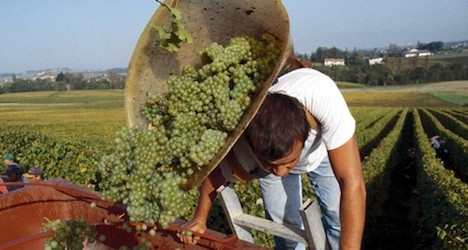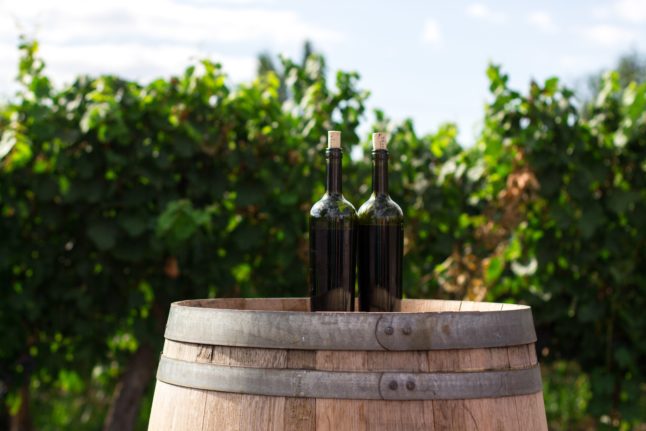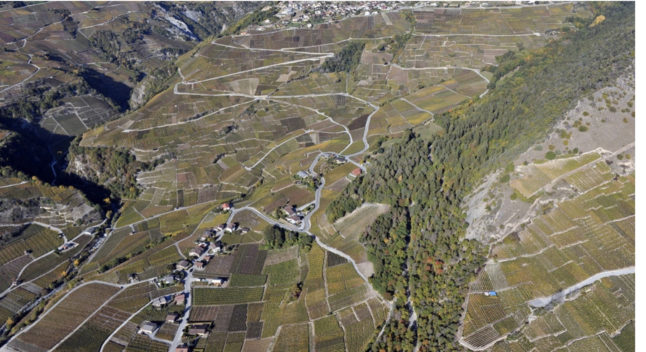The weather conditions allowed for the harvest of grapes of a “fabulous quality” with a higher than usual sugar content, the federal agriculture office (FOA) said in a news release issued on Wednesday.
But dryer than normal conditions impacted production, which fell to 85 million litres from 93.4 million litres in 2014, making it one of the smallest harvest in recent years, the FOA said.
After a mild winter but a cold February vines across the country developed later than usual in the spring when mild weather induced early blossoming in many vineyard areas.
An extremely hot summer combined with little rainfall led to the lower harvest levels, which were also impacted by reported damage from Moon Privilege, a fungicide produced by Germany’s Bayer company and used by many Swiss wine growers.
In the autumn, Swiss growers said the fungicide was responsible for cutting their grape harvests by up to ten percent and demanded compensation from Bayer.
The company issued a warning advising grape growers not to use the fungicide until an investigation into its link with crop damage could be completed.
Despite the lower volume, the 2015 vintage is expected to be excellent and even though the first wines of the year will not come on the market for several months, Swiss vintners are already talking up the product.
The chances of anyone outside of Switzerland enjoying the new wines remain slim given that most of the production is consumed within the country.
Less than two percent of Swiss wine is exported.
The FOA said the area of cultivated vineyards remained stable last year at just under 15,000 hectares.
Most of the grapes are grown in western and southern Switzerland, with the canton of Valais the biggest producer.




 Please whitelist us to continue reading.
Please whitelist us to continue reading.
Member comments